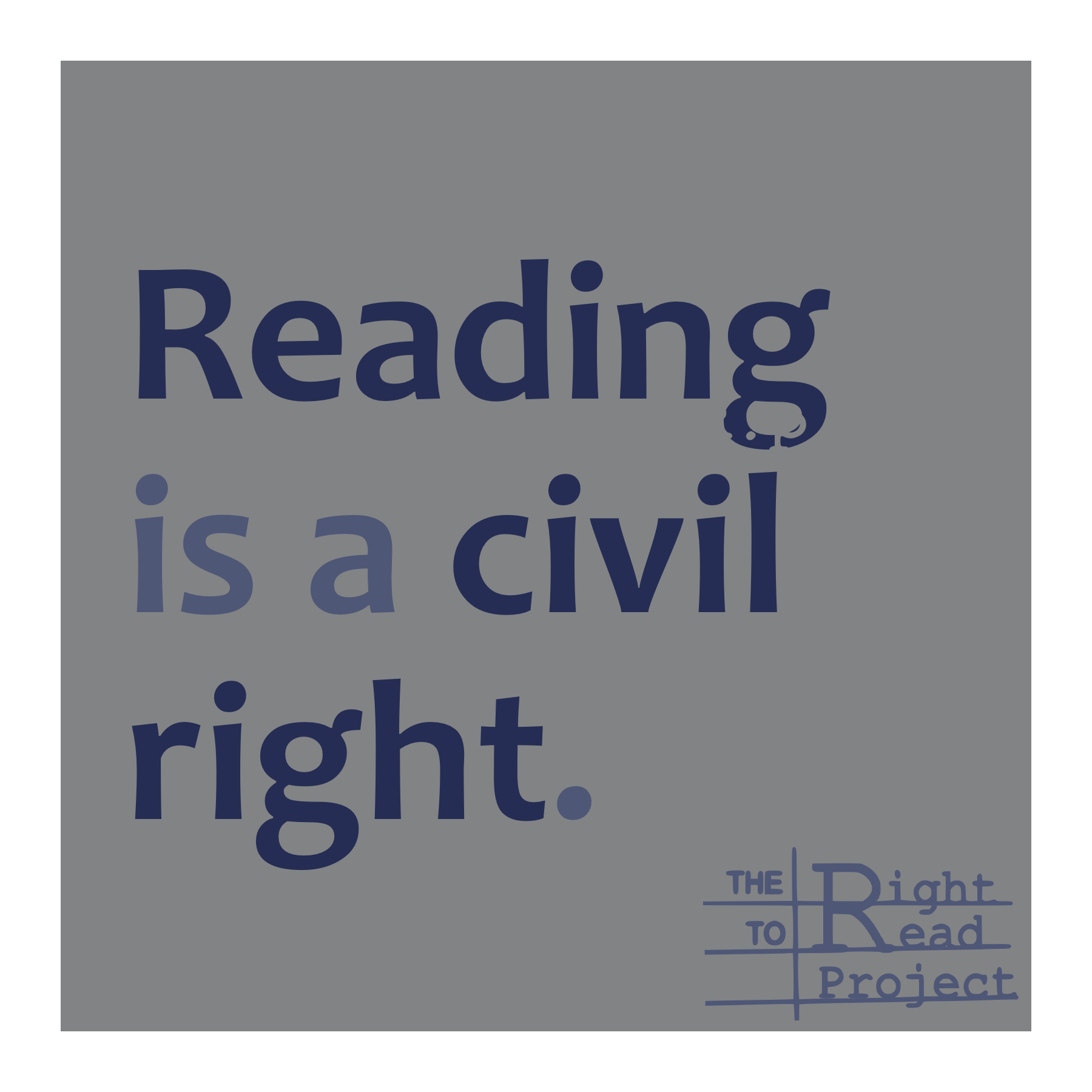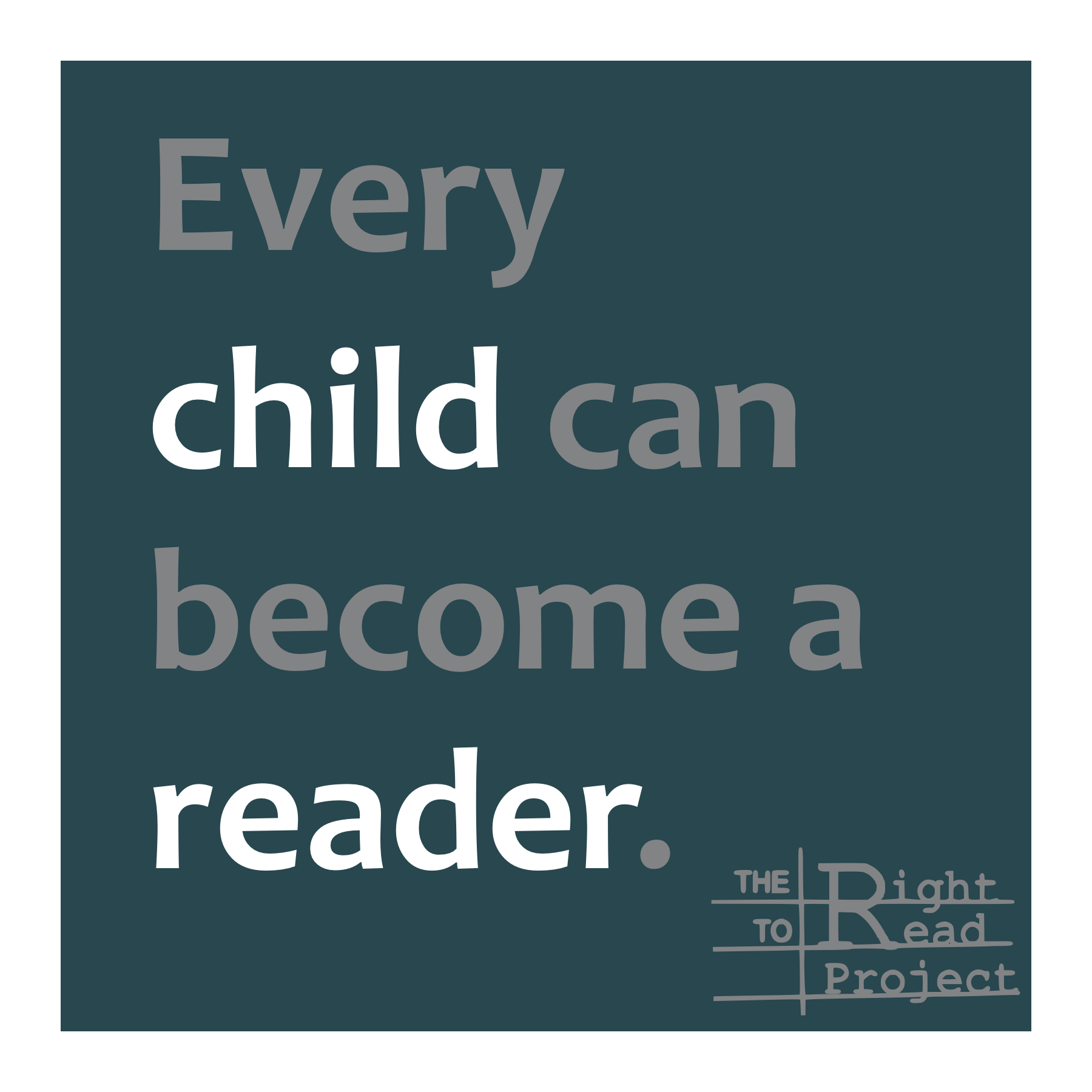The Simple View of Reading beautifully demonstrates the equal importance of decoding and language comprehension. But because the formula is so… well… simple, it leaves out quite a bit. To look more deeply at skilled reading, we needed other models.
We wondered, about the Simple View:
- What are the components of decoding?
- What is language comprehension?
For those questions, we found answers in Scarborough’s Rope, developed by Dr. Hollis Scarborough from Haskins Lab.
In addition to showing the components of language comprehension and decoding (word recognition), this diagram shows that the strands of literacy are developed separately until they are brought together by increased skill and by instruction. Another valuable aspect of Scarborough’s Rope is that it clearly defines in language that is both simple and in line with current reading science
Skilled Reading: fluent execution and coordination of word recognition and text comprehension.
When a student struggles with reading, Scarborough’s Rope allows us to ask which strand(s) need strengthening.
Both the Simple View of Reading and Scarborough’s Rope stop at reading comprehension as if that is the ultimate goal (and for a while we thought that it was). But as reading researchers such as Hirsch, Pondiscio, and Catts explain, reading comprehension is not the end-goal of reading; learning, understanding, wondering, and enjoyment are some of reading’s true goals.
The purpose of literacy instruction is well-represented at the top of Shefelbine’s Literacy Framework: Motivation (success, pleasure, relevance, purpose).
Similar to the divisions found in the Simple View and Scarborough’s Rope, Shefelbine’s Literacy Framework is divided into two sides; decoding/encoding and comprehension. As in the rope model, the components of each side of the framework are detailed and the importance of automaticity is represented. The organization and relative size of the framework’s components are worth noticing: sight-words under both word recognition and fluency, syntax/text structure under both academic language and comprehension strategies, and automaticity a large chunk to represent its relative importance.
The complete title of the framework–-Literacy Framework for Assessment and Instruction-–reminds us that we cannot determine the impact of our efforts unless we use assessments correlated with our instruction. Moreover, assessment for the two sides of the framework are different because the left-hand side should be mastered early, while the right-hand side develops throughout a reader’s lifetime.
We put our district’s instructional minutes, student data, assessment plan, and curricula against each of these models of reading and saw that our district’s Balanced Literacy approach was not so balanced after all. By prioritizing reading comprehension- in instruction and assessment, even in the earliest grades- we had let foundational skills slide. We’re now using each of these models, with attention to its strengths, to guide us as we redefine our approach to teaching reading.









I’m finding these models very useful but would like to know if you consider morphological awareness an important factor as it doesn’t appear – possibly under ‘language structures’ on the one of the strands of the Rope?
Great question! We’d love to hear what other’s think. Perhaps morphology is a link between the larger strands of Scarborough’s Rope- word recognition and language comprehension- making readers both more strategic and more automatic.
I see it as part of decoding. Breaking apart words into prefixes, suffixes, etc for the purpose of word recognition.